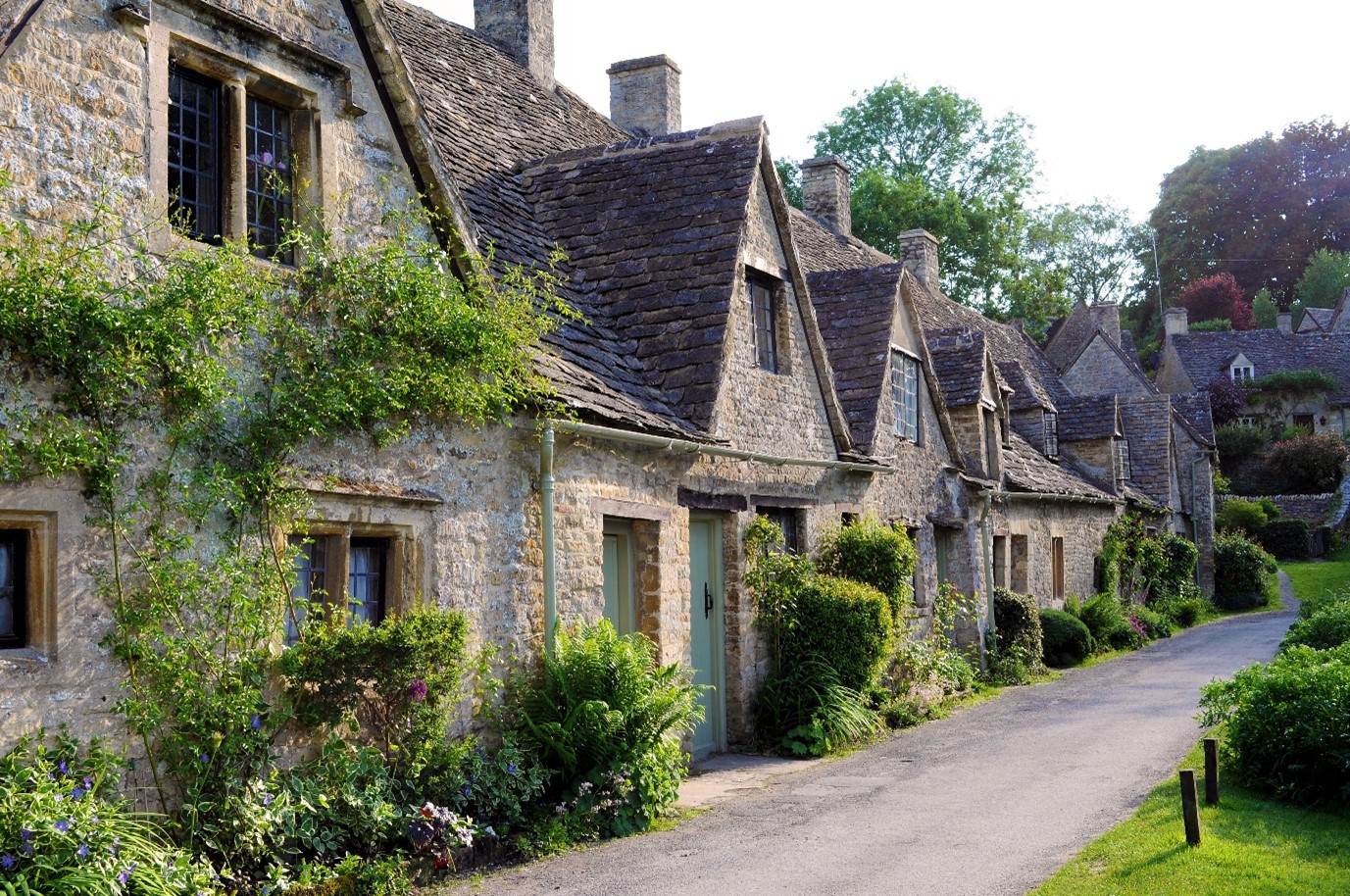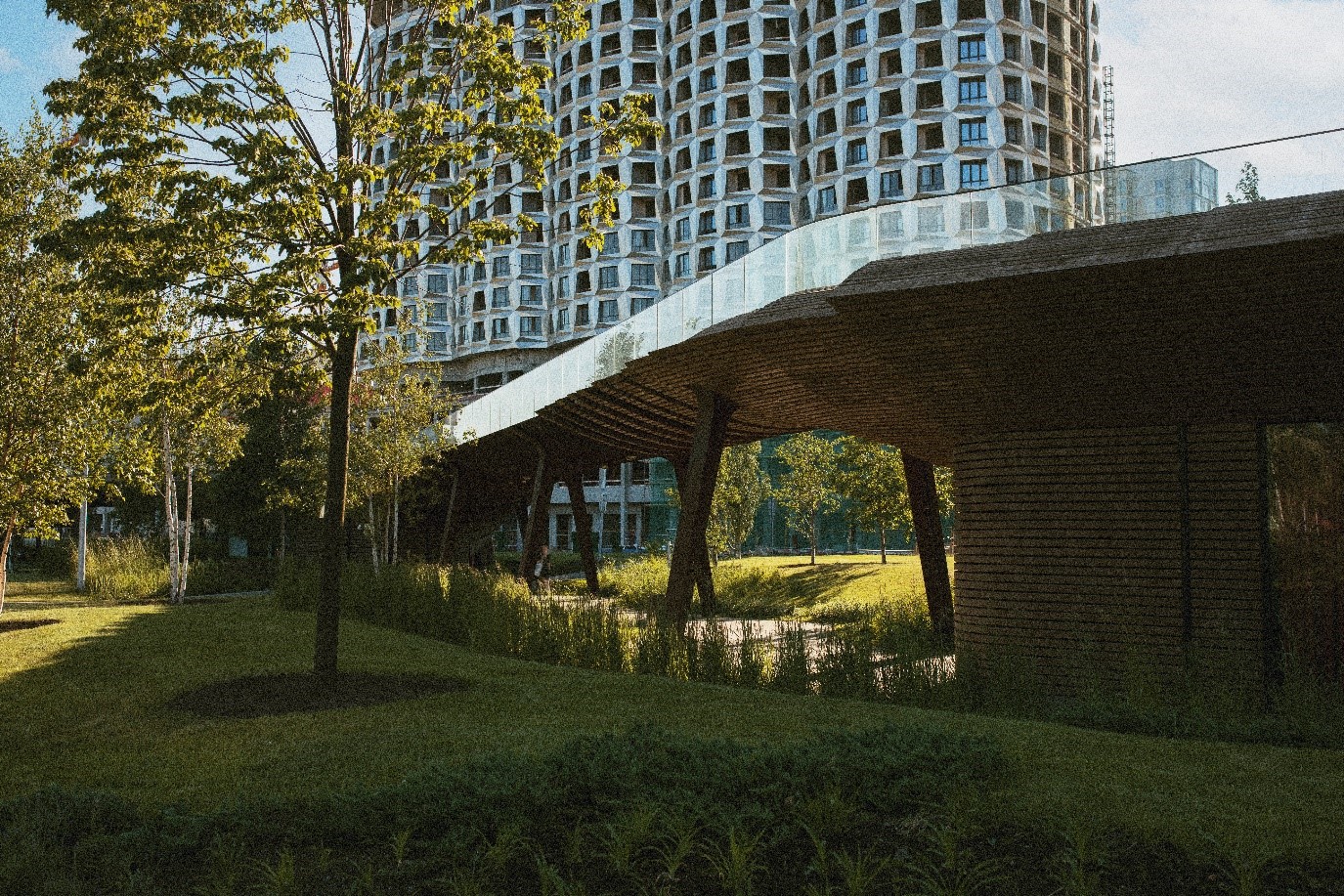Embarking on a building project, whether it’s a full house renovation or an extension, is an exciting yet daunting task. For owners of listed properties, the process comes with added complexity due to the legal protections and restrictions on historic buildings. Here’s how to get started:
1. Understand What It Means to Own a Listed Property
A listed property is a building recognised by Historic England for its special architectural or historical significance. Listing protects the property and its features from unsympathetic alterations. Properties are classified as:
- Grade I: Buildings of exceptional interest (only 2.5% of listed buildings).
- Grade II: Particularly important buildings of more than special interest.
- Grade II: Buildings of national importance and special interest (the majority of listings).
Before planning any renovations or extensions, it is essential to familiarize yourself with the specific listing details of your property. These can be found in Historic England’s online database and may include restrictions not only on the building’s exterior but also on interiors and even its surroundings.
2. Engage with the Local Conservation Officer
Your first point of contact should be the local conservation officer (LCO), who is part of your local council’s planning department. Their role is to ensure that any proposed works align with the building’s historical significance. Consulting the LCO early in the process is critical to:
- Gain insights into what changes may be permissible.
- Discuss potential materials and methods that maintain the building’s character.
- Avoid costly mistakes or delays in your project.
3. Obtain Listed Building Consent (LBC)
Any work that alters the character of a listed building requires Listed Building Consent (LBC). This applies to structural changes, cosmetic alterations, and sometimes even repairs. LBC is a separate application from regular planning permission, although they are often submitted together. To prepare a successful LBC application:
- Include detailed plans and specifications.
- Provide historical research and justification for the changes.
- Ensure your application aligns with national guidelines, such as those in the National Planning Policy Framework (NPPF).
Failure to secure LBC before starting work can lead to severe penalties, including fines or being required to reverse unauthorised changes.
4. Assemble a Specialist Team
Renovating or extending a listed property requires expertise. Consider hiring:
- Architects with Conservation Accreditation: These professionals specialise in designing sympathetic alterations to historic properties.
- Heritage Consultants: They can assist with research and applications.
- Specialist Builders: Look for builders experienced in working with traditional materials like lime mortar, timber framing, or stone masonry.
Working with a knowledgeable team ensures the project complies with legal requirements and respects the building’s historic fabric.
5. Plan for Additional Costs and Time
Listed property projects often involve:
- Higher Costs: Specialist materials and skilled tradespeople can be more expensive than standard options.
- Unexpected Discoveries: Renovations may uncover hidden issues, such as structural weaknesses or outdated utilities, which require immediate attention.
- Longer Timelines: Securing permissions, sourcing materials, and undertaking meticulous craftsmanship can add months to your project timeline.
Budgeting for contingencies (10-20% extra is a good rule of thumb) can save you from stress later on.
6. Choose Materials and Methods Carefully
The materials and techniques used in listed buildings are often as important as the design. For example:
- Use lime-based mortars instead of cement for brick or stonework to allow the building to “breathe.”
- Opt for traditional finishes like wood sash windows or slate tiles that match the existing features.
- Avoid irreversible alterations, such as installing modern materials or technologies that might damage the building’s structure.
Sourcing historically appropriate materials can often be guided by your LCO or heritage specialist.
7. Incorporate Modern Living Standards Thoughtfully
While maintaining historical integrity is key, listed properties can still accommodate modern living standards. For example:
- Introduce insulation, underfloor heating, or modern plumbing in ways that minimise disruption to original features.
- Design extensions that complement the existing building, using materials and proportions that harmonise with its style.
- Ensure that any technological upgrades (e.g. solar panels or smart home systems) are discreetly integrated.
8. Maintain Clear Communication with Stakeholders
Throughout the project, maintain regular updates with your:
- Conservation officer.
- Design and construction team.
- Neighbours, especially if the project might impact shared boundaries or local aesthetics.
Proactive communication helps address concerns promptly and keeps the project running smoothly.
9. Stay Informed About Grants and Tax Benefits
Owning a listed property comes with unique financial responsibilities, but there are also potential benefits:
- Heritage Grants: Organizations like Historic England or the Heritage Lottery Fund may provide financial assistance for certain types of work.
- VAT Relief: Some repairs and alterations to listed buildings may qualify for reduced VAT rates or exemptions.
Research these options to help offset the additional costs of working on a listed property.
10. Think Long-Term
Finally, remember that any changes you make to your listed property will become part of its history. Aim for a timeless approach that preserves the building’s value and character for generations to come.
Final Thoughts
Starting a building project on a listed property in the UK requires a balance of creativity, sensitivity, and compliance with regulations. By understanding the specific challenges and engaging with the right professionals, you can transform your home while celebrating its historical significance. Embrace the process as an opportunity to contribute to the ongoing story of your listed building.






